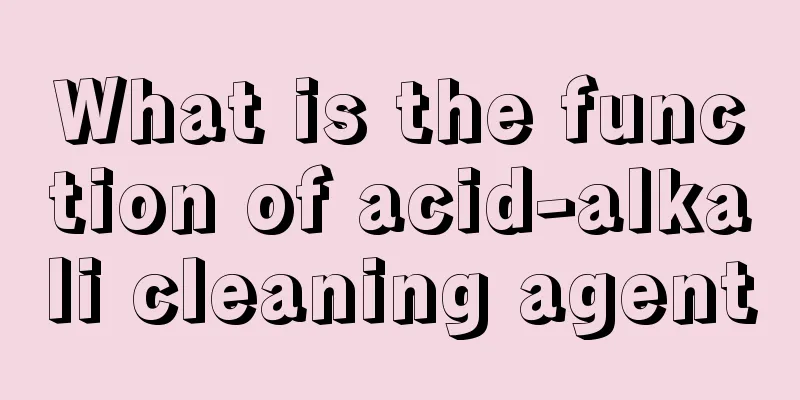Can bamboo charcoal effectively remove formaldehyde?

|
In fact, many people need to pay attention to the correct removal of formaldehyde after decorating their houses. Once the formaldehyde content exceeds the standard, it will have an impact on human health. Bamboo charcoal has a certain effect in removing formaldehyde, mainly because bamboo charcoal has adsorption capacity. 1. The formaldehyde content in a newly renovated house is quite high, and it usually takes some time before you can move in. In order to speed up the elimination of formaldehyde pollution, many people place their hopes on bamboo charcoal, which is said to have strong adsorption capabilities. 2. The so-called adsorption capacity of bamboo charcoal is mainly due to the fact that this amorphous carbon contains many microporous structures with sizes measured in microns. Just like water can seep into sand. Formaldehyde can penetrate into the pores of bamboo charcoal. However, apart from containing formaldehyde in its pores, bamboo charcoal does not have any special mechanism to restrict their freedom. Just as water can evaporate from sand, formaldehyde can also evaporate from bamboo charcoal. 3. Researchers who conducted experiments on the absorption of formaldehyde by bamboo charcoal pointed out that the adsorption of formaldehyde by activated charcoal is not stable, and is not even as tightly bound to water molecules. If the indoor air humidity is high, the absorbed water molecules will be more than the formaldehyde, and may even squeeze out the formaldehyde previously adsorbed on the bamboo charcoal. If some substances that can react with formaldehyde are added into the pores of bamboo charcoal to truly eliminate formaldehyde, the effect will be better. However, there is no such product yet. 4. In actual use, environmental conditions are changeable, and there is no way to determine whether bamboo charcoal has absorbed formaldehyde, so it is unknown whether the formaldehyde content in the room has been reduced. 5. In addition to bamboo charcoal, using green plants to treat formaldehyde will not be very effective. Formaldehyde is also harmful to plants. Plants that are sensitive to formaldehyde gas, such as bougainvillea, will be injured or even die in an environment with high formaldehyde concentration. This is because formaldehyde binds to superoxide dismutase in plant cells, rendering these key proteins inactive and further damaging the cell membrane structure. 6. Some plants have a stronger tolerance to formaldehyde and even have detoxification functions. These plants are regarded by many as magical herbs that can remove pollution. But the reality is that these plants have some "assembly lines" for removing formaldehyde. They react formaldehyde with specific chemicals to produce amino acids (such as serine), or directly turn it into carbonic acid and carbon dioxide, which then enter the material cycle and are used to make new sugars, fats or proteins. |
<<: What causes the gap between teeth to widen
>>: Sinus tachycardia with arrhythmia, mood is extremely important
Recommend
Do it once in the morning, and men and women will be happy for ten more years
Wake up 10 minutes earlier every morning and do 1...
What are the causes of endometrial cancer? Pay attention to these situations
There are four main disease factors that induce e...
The best colon cancer hospital in China
Everyone knows that colon cancer is a stubborn di...
What to do if the humidity at home is too high
You can buy some dehumidifiers at home to reduce ...
Prostate foot reflexology area
As we all know, there are a large number of acupo...
How to remove stains on the wall
Many friends will have a headache when it comes t...
What should you pay attention to when caring for phlebitis
If you stand or work for a long time, the chance ...
What are the benefits of soaking your feet in white vinegar and salt
Many friends know that white vinegar can be used ...
The function and effect of silver belt
China is a multi-ethnic country, and many ethnic ...
What should I use to wash my underwear?
What should we use to wash underwear? I believe m...
Is chickenpox still contagious when it scabs over?
During childhood, most people will get chickenpox...
Can barley tea nourish the stomach?
Friends who often go to restaurants to eat know t...
What to do if you have dizziness, nausea and vomiting in the late stage of liver cancer? There are several ways
Cancer has a great impact on people's lives. ...
How to provide good postoperative care for thyroid cancer
How should we do postoperative care for thyroid c...
How to get rid of athlete's foot and treat sweaty and smelly feet
Smelly feet can cause a lot of trouble and embarr...









